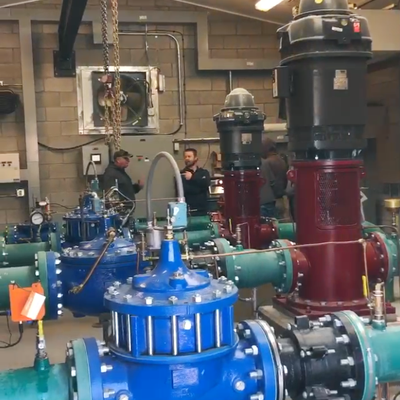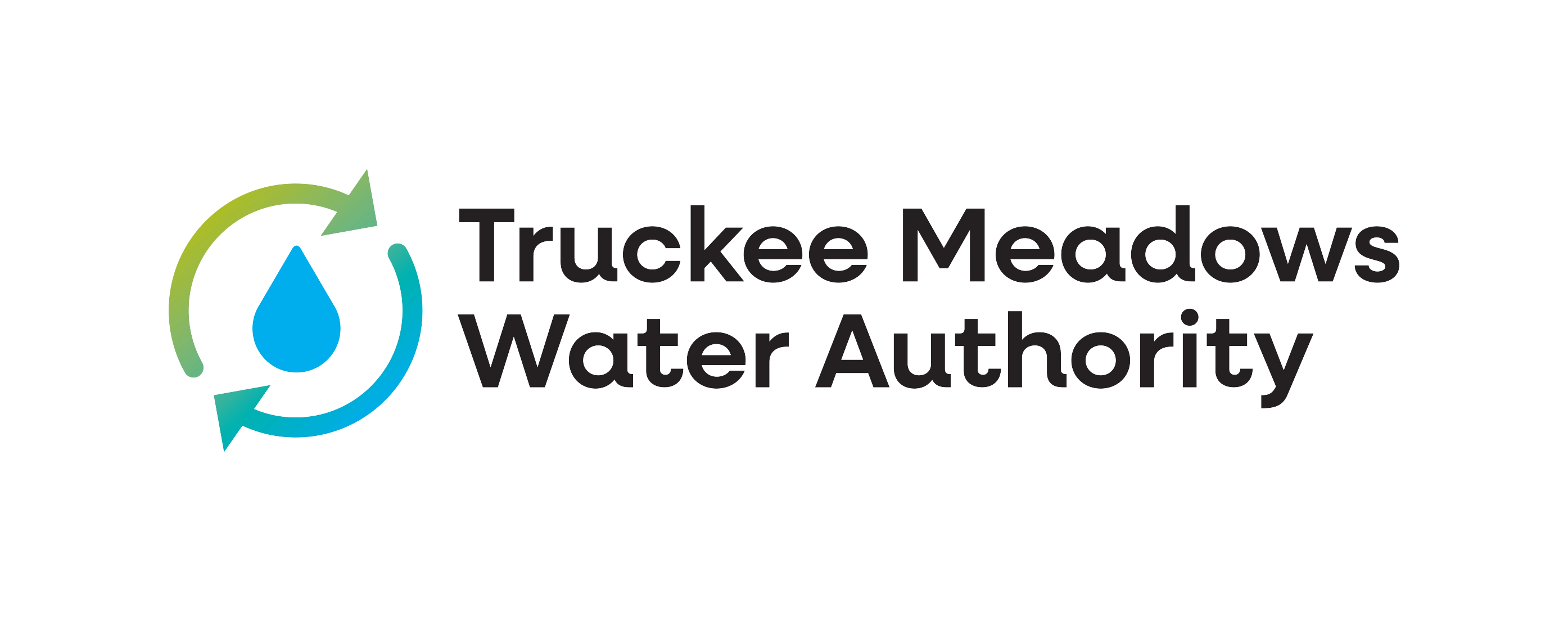Keeping the Water Flowing to Your Home
 TMWA delivers water to approximately 400,000 customers across extremely hilly terrain. From the Mt. Rose foothills to the North Valleys and from Verdi to east of Sparks, there are a series of high and low points that can make managing water pressure a complex task. If the pressure is too low, faucets and showers dribble; if it’s too high, pipes and fixtures can be at risk of breaking.
TMWA delivers water to approximately 400,000 customers across extremely hilly terrain. From the Mt. Rose foothills to the North Valleys and from Verdi to east of Sparks, there are a series of high and low points that can make managing water pressure a complex task. If the pressure is too low, faucets and showers dribble; if it’s too high, pipes and fixtures can be at risk of breaking.
To address this issue, TMWA operates a water distribution system containing pipes, storage facilities, pumps, valves and pressure regulation devices—among other equipment. These pieces form an operating unit designed to deliver our high-quality water supply at reliable pressures and under a variety of conditions.
A subset of TMWA’s overall distribution system is a pressure zone—areas with various elevations that receive water from a single location. Both the size and geographical contours of TMWA’s service territory makes it necessary to manage 306 distinct pressure zones within our water delivery system.”While the range of pressure in our system can fluctuate between 25 and 125 pounds per square inch (psi), a typical household will see a pressure range between 40 and 100 psi,” said Eric Mothershead, TMWA’s operations maintenance supervisor. “What can make this tricky is the difference in elevation between a water source and that of the ultimate recipient. A lot of people might be surprised to learn that the highest elevation point in our infrastructure is the ‘Mt. Rose 3’ tank at 6,676 feet, which actually sits higher than Lake Tahoe’s rim, at 6,225 feet. Our lowest elevation point is 3,983 feet. That’s an over 2,600-foot difference between the high and low points in our system,” he said.
To be clear, there is no single water source in TMWA’s system that drops 2,600 feet to its end user. However, if you live at a higher elevation, there’s a good chance TMWA is pumping some or all of the water you use uphill. If your home is in a low-lying area, it’s likely there’s a pressure-regulating device protecting your household plumbing from higher pressures.
“The goal is to make sure the pressure is sufficiently strong at higher elevations and not too strong in lower areas,” Mothershead said. “Sometimes the biggest challenge can be finding the hardware that can withstand the pressure variability in our system. The differentials across some of our pressure regulators can range between 40 to 235 psi. There are places where we have to take the pressure down from over 300+ psi to under 65 psi in order to serve our customers without stressing their household plumbing,” Mothershead added.
“On the low end, we try to maintain at least 40 psi to keep customers happy in lower-pressure areas—not to mention maintaining adequate flows for fire crews when needed.”
